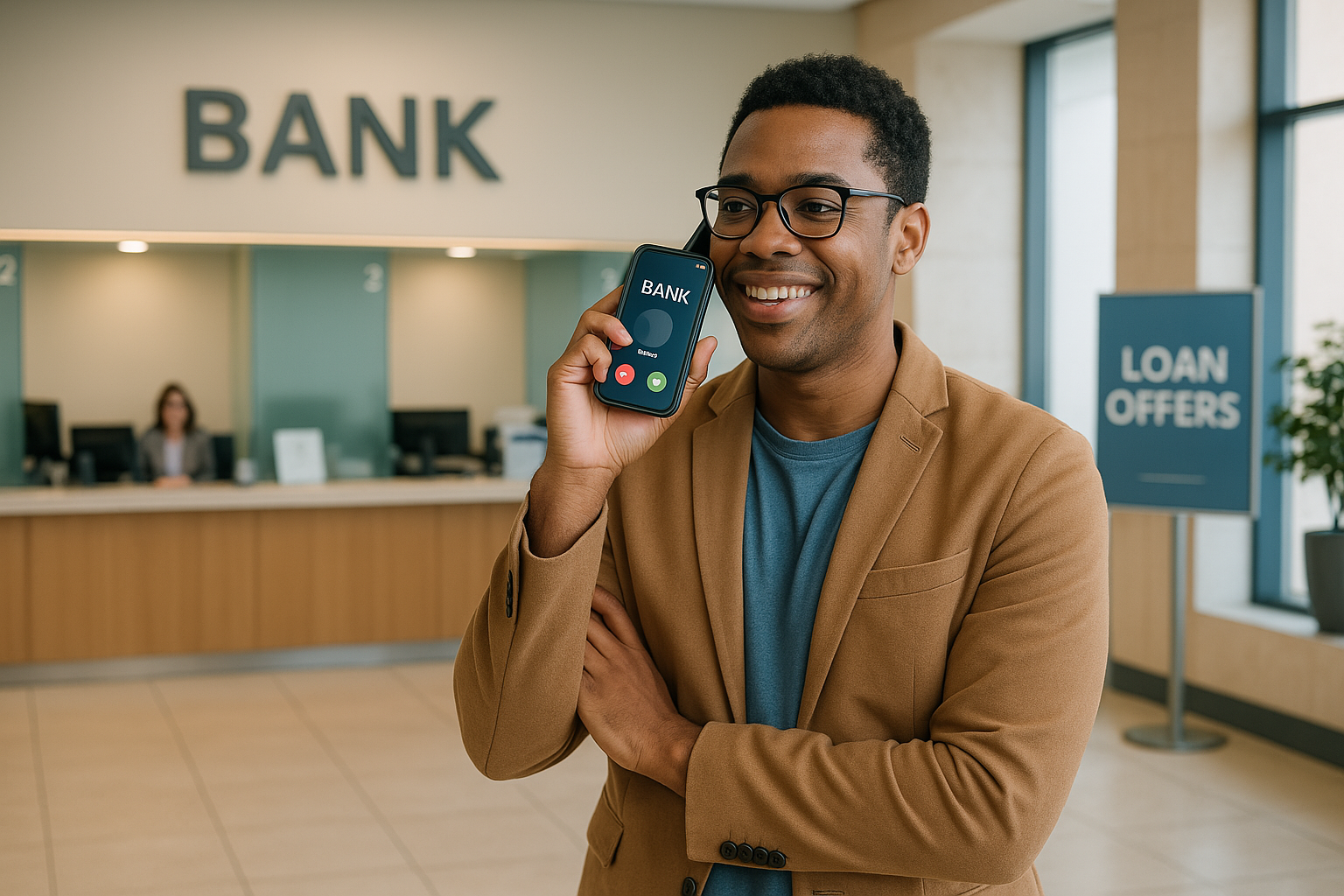Have you ever received a strange text message claiming to be from your bank, asking you to click a link or call a number? If so, you’ve likely encountered smishing—a growing form of fraud that targets people through SMS or text messaging.

Some INB customers have received texts that look like they are coming from us. Unfortunately, it is extremely easy to impersonate using any phone number . . . even active phone numbers like INB’s 217-747-5500. These bogus text messages are designed to trick you into sharing sensitive information, like your debit card number, PIN, online banking login, or other personal details. And once a scammer has that information, it’s easier for them to access your accounts.
What is Smishing?
Smishing combines “SMS” (short message service) and “phishing.” It’s a scam tactic used to trick people into giving away sensitive information. In this case, the scam comes through a text instead of an email.
The FBI provides these examples of smishing messages:
- “Suspicious activity detected on your account. Click here to verify your identity.”
- “Your debit card has been locked. Call 1-888-XXX-XXXX immediately.”
- “Urgent: Your online banking session has expired. Sign in now to restore access.”
These texts may even include INB’s name or appear to come from a familiar-looking number. But don’t be fooled; legitimate financial institutions will never ask for sensitive information through text.
What to Do If You Receive a Suspicious Text
If you get a message that seems suspicious:
- Don’t click any links or call the number in the message.
- Don’t reply to the message—even if it says “Text STOP to unsubscribe.”
- Report the message to INB by calling us at 217-747-5500 or 877-771-2316 or stopping by your local branch.
- Forward the message to 7726 (SPAM), a reporting service supported by most major wireless carriers.
The Cybersecurity & Infrastructure Security Agency (CISA) also reminds people:
“Never respond to an unsolicited text message… If in doubt, contact the company directly using a phone number or website you know is real.”
How INB Protects You
INB takes your security seriously. We monitor for fraud, provide tools like debit card controls in our mobile app, and stay on top of scam trends to help keep you informed.
If we ever need to contact you about your account, we’ll do it through secure online banking messages or a direct phone call from a verified INB employee. We will never ask for your account information through a text message or email.
How You Can Stay Safe
To protect yourself from smishing:
- Be cautious with texts from unknown numbers—even if they appear to come from INB.
- Never share personal or financial information via text.
- Set up transaction alerts in your INB online banking account.
- Use strong passwords and change them regularly.
If something feels off, trust your gut—don’t click, don’t respond. Reach out to us directly so we can verify any messages and help protect your account.